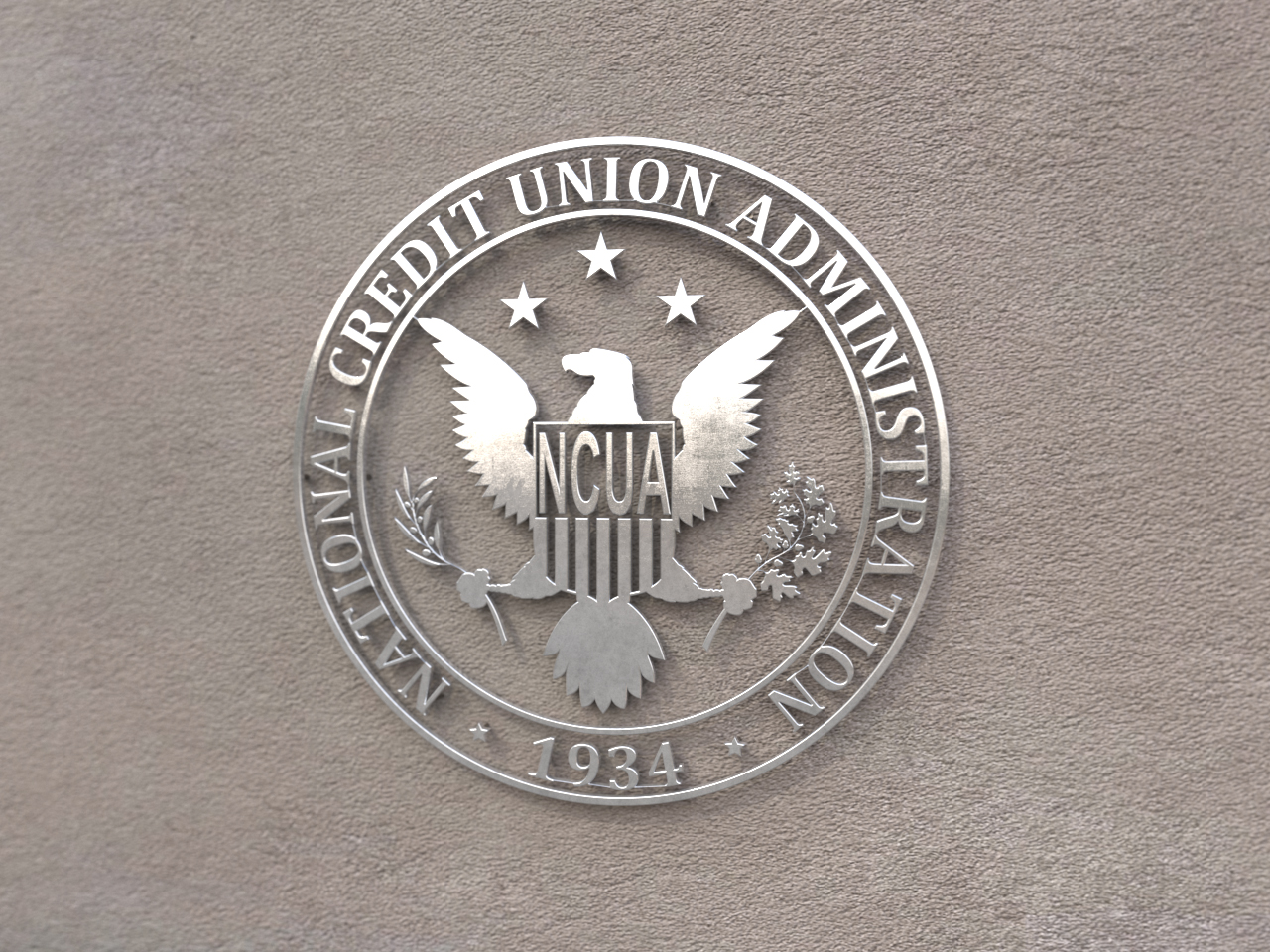
Overview
Credit unions are responsible for managing compliance risk through a comprehensive compliance program known as a compliance management system (CMS). A well-rounded CMS should include the following components:
- Board of Directors and Senior Management Oversight
- Policies and Procedures
- Training
- Monitoring and Corrective Action
- Member Complaint Response
- Compliance Audit
The level of detail for each component may vary depending on the credit union’s size and complexity. It is important to assess the effectiveness of the CMS as a whole when determining its adequacy.
In March 2017, the NCUA issued Supervisory Letter SL No. 17-01, which outlines the updated list of Compliance Risk Indicators as part of NCUA’s risk-focused examination program. This includes an updated AIRES questionnaire for compliance risk. The guidance provided in this letter applies to the evaluation of compliance risk in federally insured credit unions.
Associated Risks
Compliance risk arises when a credit union fails to implement an effective compliance management system. Failure to comply with consumer compliance regulations can negatively impact the credit union’s reputation, resulting in fines, penalties, and decreased member confidence. Strategic risk may occur when the board of directors does not conduct thorough due diligence in developing a compliance management system. Transaction risk can arise from operational or system issues that cause inaccuracies or omissions in disclosures provided to members.
Examination Objectives
During an examination, the following objectives should be considered:
- Evaluate the credit union’s level of compliance risk and the effectiveness of its CMS.
- Assess the appropriateness of board and management oversight in relation to compliance risk, CMS, and federal consumer protection laws.
- Analyze management’s ability to anticipate consumer protection challenges and emerging risks, and evaluate their response and corrective actions.
- Determine the effectiveness of the credit union’s policies, procedures, third-party management, training programs, review and monitoring mechanisms, and consumer complaint response process.
- Identify the root cause, severity, duration, and pervasiveness of any violations of laws or consumer harm, and recommend corrective actions.
Examination Procedures
NCUA does not conduct separate consumer protection examinations or assign a separate Consumer Compliance Rating. Instead, examination procedures align and complement NCUA’s overall risk-focused examination approach. Here are the key steps involved:
- Consider the credit union’s market, field of membership, organizational structure, business strategy, risk tolerance, and other relevant information.
- Identify consumer complaints involving the credit union and review the underlying documents and the credit union’s response.
- Assess the level of board and management oversight in regards to compliance risk, CMS, and federal consumer protection laws based on board and committee minutes, management reports, policies, and strategic planning documents.
- Conduct interviews with credit union management and senior compliance personnel to evaluate the effectiveness of compliance management systems and processes.
- Review documentation such as policies, procedures, training records, and consumer complaints, and draw conclusions regarding the effectiveness of the credit union’s CMS.
- Identify any violations or deficiencies, determine their root cause, severity, duration, and pervasiveness, and make recommendations for corrective actions.
CMS AND COMPLIANCE RISK CHECKLIST
Board and Management Oversight
- Account Disclosures (§707.4)
- Oversight and Commitment
- Do the board and management effectively manage compliance risk, including providing adequate oversight and resources?
- Change Management
- Does management anticipate and respond to changes in laws, regulations, and products?
- Comprehension, Identification, and Management of Risk
- Does management understand and identify compliance risks?
- Corrective Action and Self-Identification
- Does management take action to address compliance risk management deficiencies and violations?
- Oversight and Commitment
Compliance Program
- Policies and Procedures
- Are compliance policies, procedures, and third-party relationship management programs adequate?
- Monitoring and/or Audit
- Are compliance monitoring practices and internal control systems in place?
- Consumer Complaint Response
- Does the credit union have processes and procedures in place to address consumer complaints?
Violations of Law and Consumer Harm
- Root Cause
- Were the violations the result of minor weaknesses or critical weaknesses in the CMS?
- Severity
- Did the violations cause minimal concern or consumer impact?
- Duration
- Did the violations occur over a limited period of time?
- Pervasiveness
- Were the violations isolated or widespread across multiple products or services?
Remember, a comprehensive compliance management system is crucial for credit unions to mitigate compliance risk effectively. By adopting these guidelines, credit unions can enhance their CMS and ensure compliance with consumer protection laws and regulations.
